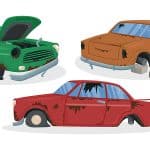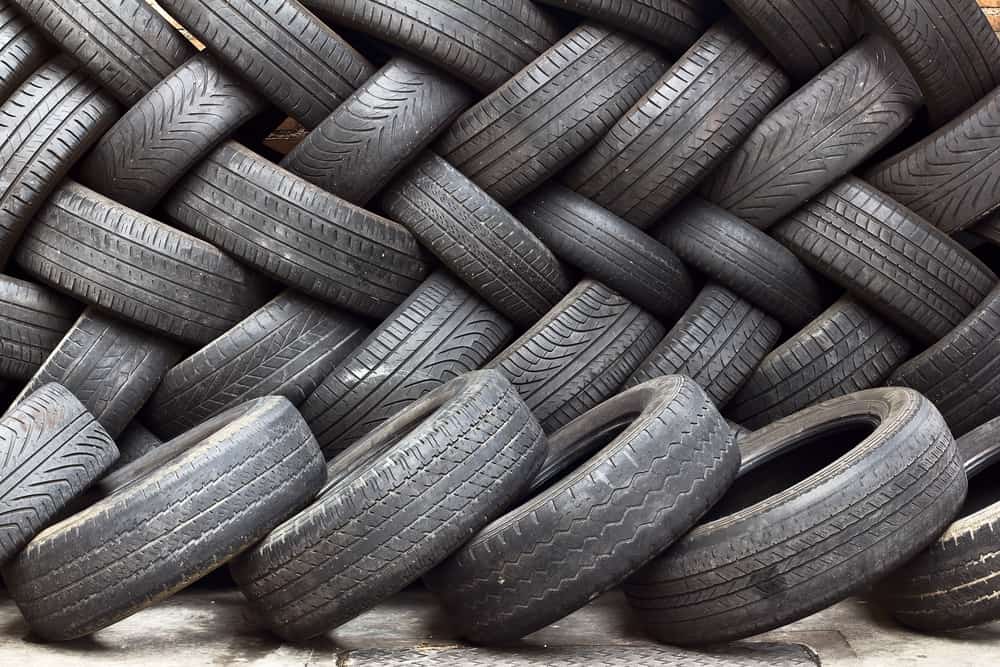Obviously the web has had a massive effect on all kinds of business, some more than others. In most cases it been great for bringing customers and clients together who would have never previously met. This certainly has been true for the second hand car spares trade where car owners hungry for inexpensive parts can now be united with dealers all over the country.
People have always used second hand goods for all kinds of things. Running a car has always been pretty costly, especially in terms of petrol, tax, insurance and MOTs, and that’s before you consider that you might have a breakdown. When you look at all the expense involved, it’s no wonder that the second hand car parts market has existed for as long as people have owned vehicles.
Originally, back in the day, if people had a failure in any particular part of their car, then they could go to their local breaker-yard to see if they could find an inexpensive replacement. Although this would limit the number of parts available to them, there were not as many varieties of vehicle on the road, and many different models would use the same engine. Despite this lack of choice, there was more chance that a customer could find the part they were looking for then there is now, however this situation was far from ideal.
It’s very hard to say when the first breaker-yard agencies started appearing, but estimates say around the 1970s. These businesses act as useful middlemen, uniting breakers who had parts for sale with customers up and down the country looking for parts. The customer would contact the agencies with the second hand car spares they were looking for, and the business would group all these enquiries together. They would then send a periodic fax out to all the yards notifying them of the parts and the customer details, so if they had a certain part in stock, they could contact the customer themselves and arrange a deal.
The agencies charged the breakers a set fee for using their service, and this is how they made their money. However, it wasn’t just a case of putting the customer and breaker together, they’d also have to deal with any problems in the sale process. As you can imagine, in the early days this could be fraught with difficulties.
In the 1980s there was a further evolution of the business, as premium rate telephone lines were developed, it became easier for the breaker-yard agencies to make money. They would take calls from customers on the 0898 numbers, charging around £1 per minute, who make a request for their required second hand car part. It’s interesting to note that there was a new system that the agencies used to send requests over to the breakers. They actually used a system called Data Broadcast Decoders, which used the old ITV network. The breaker would have a special box which decoded the signal, so information could be sent almost instantly all around the country, the moment a part request was made.
In recent years, as with many different types of business, breaker-agencies have moved on to the internet. Companies such as BreakerLink are able to communicate customer’s requests round a whole network of breakers in the flash of an eye via their automated web systems. This allows those customers round the UK to locate that hard to find car part and breakers to quickly and effectively sell their second hand parts, freeing up their capital so they can buy more scrapped vehicles.
Of course with the rise of these internet based companies, there’s no need for call centres or television based communication systems as everything can be easily done over the web these days. Although if you do like talking to a real person over the phone, as some people do, BreakerLink still offer a phone-line service. So next time you’re looking for an inexpensive way to fix a problem with your car, why not go down the breaker agency route?





.png)